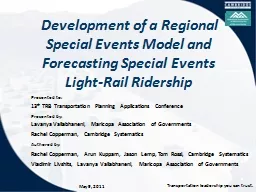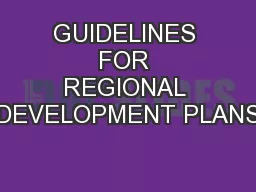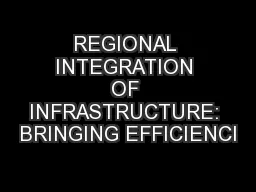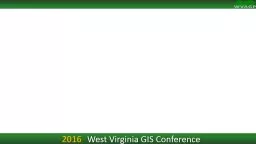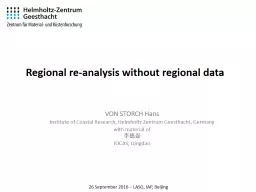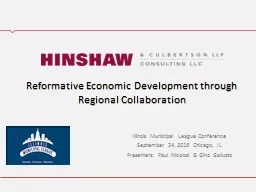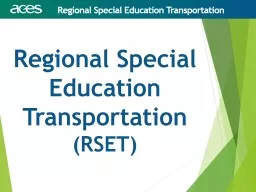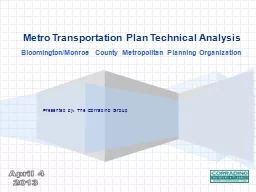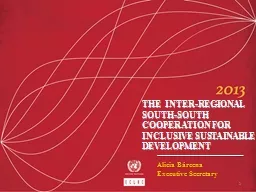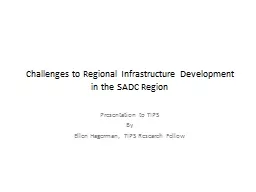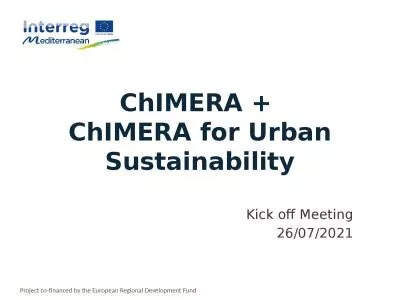PPT-Development of a Regional Special Events Model and Forecas
Author : karlyn-bohler | Published Date : 2016-05-26
LightRail Ridership 13 th TRB Transportation Planning Applications Conference Lavanya Vallabhaneni Maricopa Association of Governments Rachel Copperman Cambridge
Presentation Embed Code
Download Presentation
Download Presentation The PPT/PDF document "Development of a Regional Special Events..." is the property of its rightful owner. Permission is granted to download and print the materials on this website for personal, non-commercial use only, and to display it on your personal computer provided you do not modify the materials and that you retain all copyright notices contained in the materials. By downloading content from our website, you accept the terms of this agreement.
Development of a Regional Special Events Model and Forecas: Transcript
Download Rules Of Document
"Development of a Regional Special Events Model and Forecas"The content belongs to its owner. You may download and print it for personal use, without modification, and keep all copyright notices. By downloading, you agree to these terms.
Related Documents

